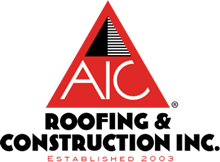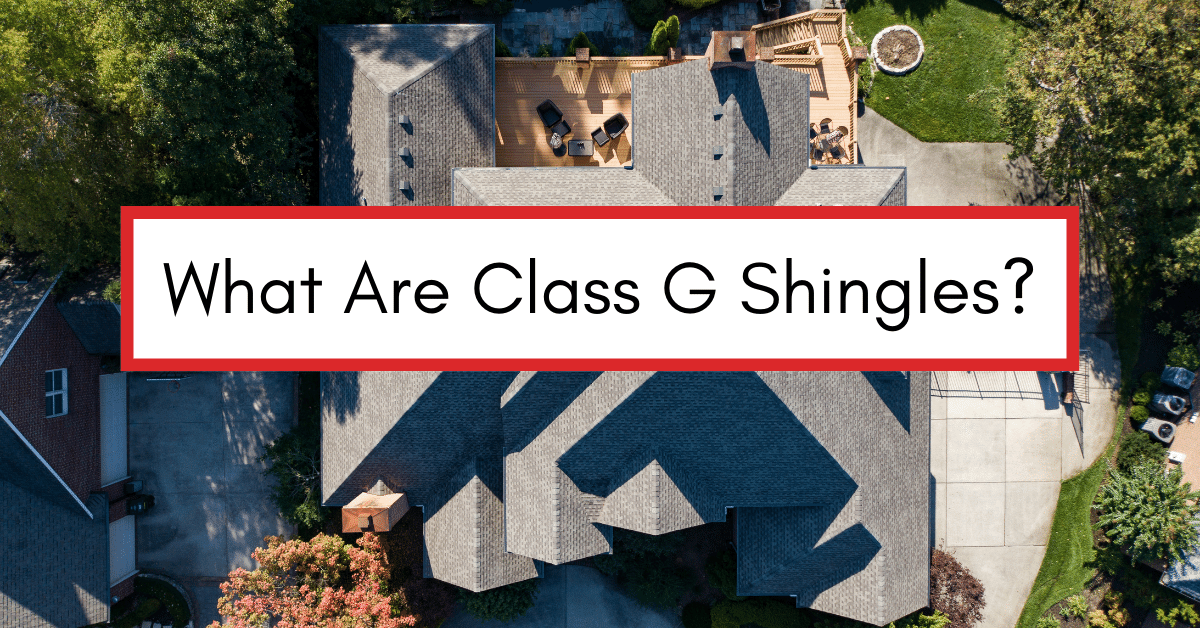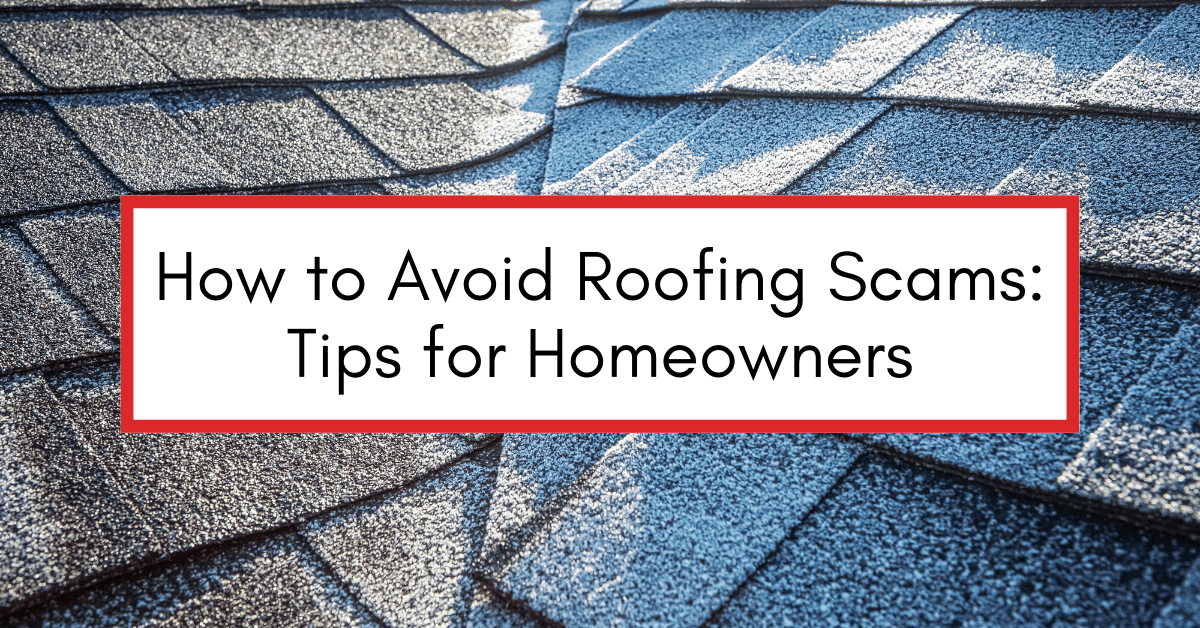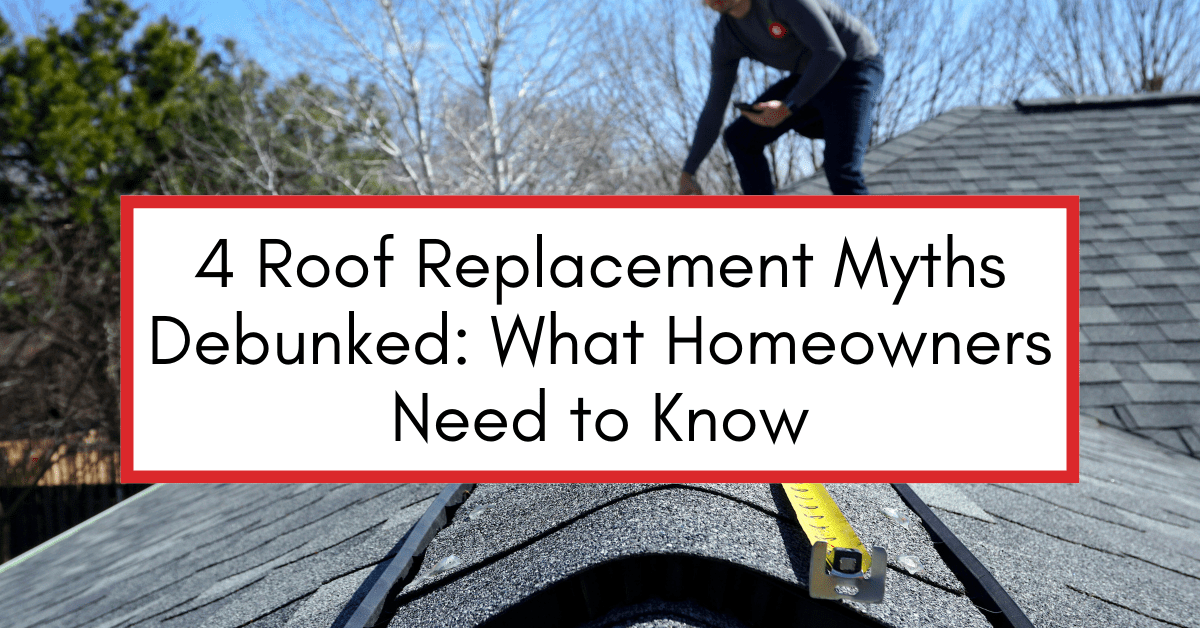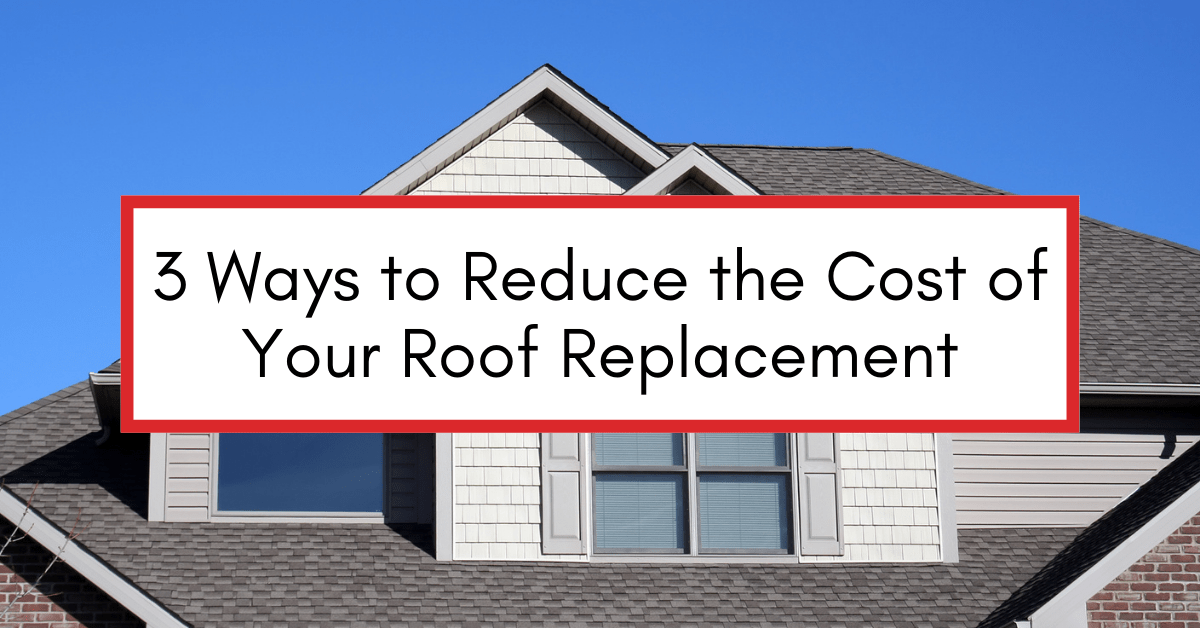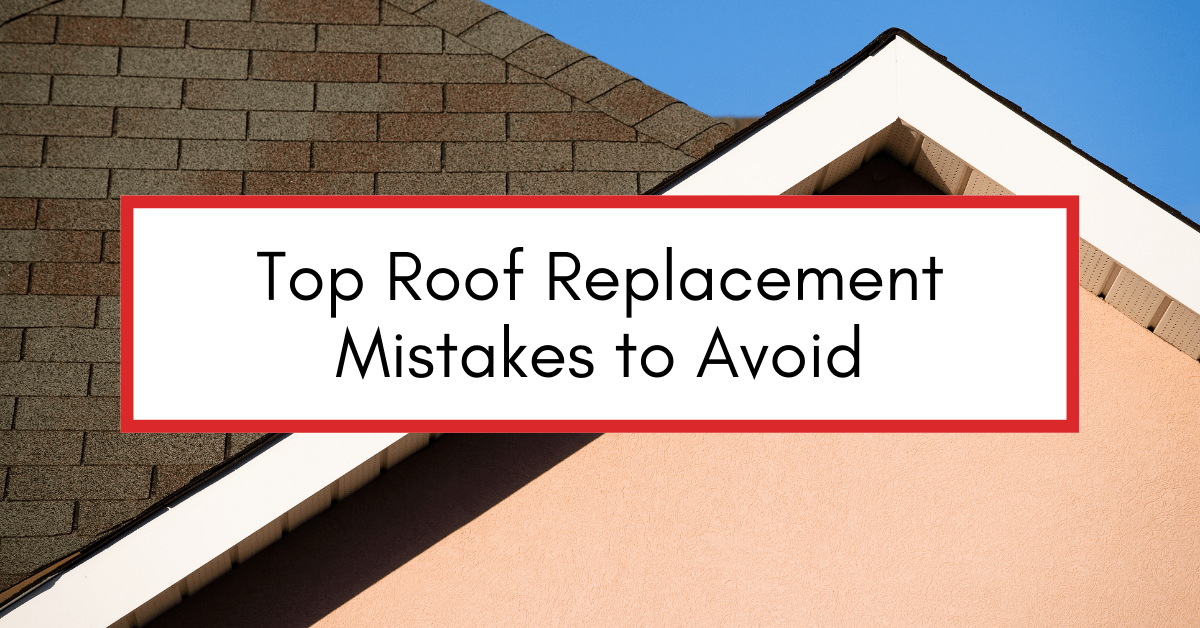Are you looking to equip your home’s roof with the best protection against high winds? We understand the importance of investing in a roof that can withstand storms and protect what matters most – your family. That’s why we want to help ensure you have access to all the information regarding asphalt shingle grades. Learning about Class G shingles will help you decide on the right shingles for your home.
This article will discuss the wind protection afforded in Class G shingles. So, if you’re looking for reliable asphalt shingles to keep your house safe and secure during extreme weather events – look no further! Let’s get started right away!
What are the different types of shingles?
In the roofing industry, asphalt shingles are commonly classified into three main grades:
- 3-Tab Shingles: These are the basic and most affordable asphalt shingles. They consist of a single layer with three tabs, creating a flat and uniform appearance when installed. While they are generally less expensive, they may not offer the same visual appeal or longevity as higher-grade options.
- Architectural Shingles (Dimensional or Laminate Shingles): These are a step up in quality and appearance. They are constructed with multiple asphalt layers, giving them a more textured and dimensional look. Architectural shingles are often thicker than 3-tab and may have a longer lifespan.
- Premium Shingles: These are the highest-grade asphalt shingles available. Premium shingles often have enhanced features, such as advanced weather resistance, greater durability, and more intricate designs. They are generally more expensive than 3-tab and architectural shingles.
When considering the best grade of asphalt shingle for your needs, consider the following factors:
- Budget: Determine how much you will spend on roofing materials and installation. This will help guide you toward a suitable grade.
- Aesthetic Preferences: Consider the appearance of the shingles and how well they complement the style of your home. Architectural and premium shingles often provide a more sophisticated look.
- Climate: If you live in an area prone to severe weather conditions, such as high winds or hail, investing in higher-grade shingles with enhanced durability and impact resistance may be worthwhile.
- Longevity: Higher-grade shingles typically have longer warranties and a longer lifespan. Consider how long you plan to stay in your home and whether the longer lifespan justifies the higher initial cost.
It’s essential to research specific products from reputable manufacturers, as product quality can vary. Consulting with a roofing professional can also provide valuable insights tailored to your specific situation.
Who makes shingles with the best wind warranty?
The GAF Timberline HDZ shingle offers superior wind protection with its unlimited maximum wind speed for 15 years. To ensure this level of protection, GAF recommends using four nails and other qualifying products for a complete roof system. Comparable brands typically guarantee wind speeds of 110 mph, but GAF goes even further with the option of 130 mph when following special installation instructions.
What are the different wind resistance levels for asphalt shingles?
The wind resistance of asphalt shingles is typically classified using a set of standards established by organizations such as the American Society for Testing and Materials (ASTM) or the International Code Council (ICC). Shingles’ wind resistance is often measured in terms of the design wind speed they can withstand.
Common classifications under ASTM D7158 testing include:
- Class D (90 mph): Shingles classified as Class D are designed to withstand uplift at wind speeds of up to 90 miles per hour.
- Class G (120 mph): Shingles classified as Class G are designed to withstand uplift at wind speeds of up to 120 miles per hour.
- Class H (150 mph): Shingles classified as Class H are designed to withstand uplift at wind speeds of up to 150 miles per hour.
Common classifications under ASTM D3161 testing include:
- Class D (90 mph): Shingles classified as Class D are designed to withstand wind speeds up to 90 miles per hour.
- Class F (110 mph): Shingles classified as Class G are designed to withstand wind speeds up to 110 miles per hour.
- Class A (60 mph): Shingles classified as Class H are designed to withstand wind speeds up to 60 miles per hour.
It’s important to note that these classifications may vary, and manufacturers often provide specific wind resistance ratings for their products. Additionally, local building codes may specify the minimum wind resistance requirements for roofing materials based on the geographical location and prevalent weather conditions.
In closing
Whether you’re looking for a high-quality roof installation, repair, or new gutters and siding, AIC is here to help. We believe in and practice the best customer service possible, including showing up on time, following through on what we say we’ll do, and treating people with common decency and respect.
Our in-home consultations are free, informative, and low-pressure. Please get in touch with us by texting, calling, or filling out our contact form.
3-tab attics barns chimney choosing a contractor commercial cost curb appeal DIY estimate financing flashing flat roof GAF glossary gutter replacement gutters gutter size gutter system ice dams inspections insurance missing shingles roof design roofing materials roofing system roof leak roof maintenance roof materials roof repair roof replacement roof shapes roof types shingle ratings shingles siding siding materials siding replacement skylights storm damage underlayment ventilation warranty winter
